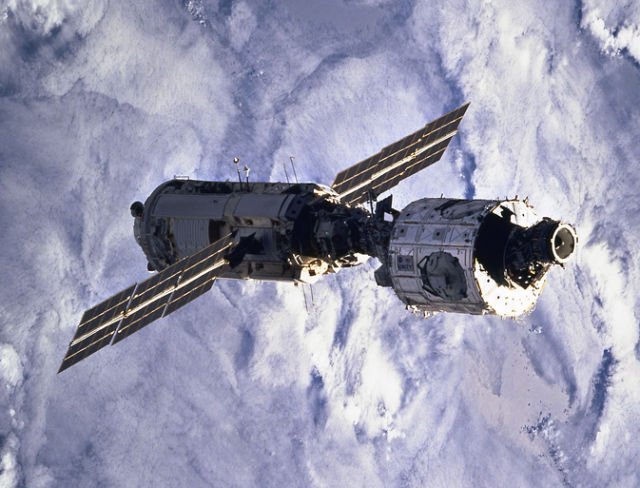NASA and the Russian space agency, Roscosmos, are struggling to address long-standing and worsening leaks on the International Space Station (ISS).
The cracks, located inside the small PrK module of the Russian segment, have increased in leakage rate, prompting urgent investigations and measures to mitigate the issue.

Launched in 2000, the Zvezda Service Module, which provides living quarters and life-support systems, is connected to the troubled PrK module.
Despite intermittent closures and ongoing examinations, the leaks persist, with Roscosmos now opting to keep the hatch between Zvezda and Progress spacecraft closed when not in use for cargo operations to minimize risks.
NASA has publicly downplayed the severity of these leaks, citing no immediate existential threat to the ISS, but internal concerns are growing.
The leaks are now classified as high likelihood and high consequence risks on NASA’s 5×5 risk matrix, with potential for catastrophic failure.
In emails, NASA declined interviews with program leaders, pointing to strengthened quietude likely aimed at preserving the relationship with their Russian counterparts, particularly given the geopolitical strain due to the Ukraine conflict.
Although the working relationship has improved since Dmitry Rogozin’s departure from Roscosmos leadership, the current situation remains sensitive.
The Russian civil space program faces financial constraints, limiting its ability to undertake significant repairs or upgrades, leading to temporary fixes.
The ISS infrastructure is showing its age, with the Zvezda module approaching its 24th year in operation.
The origins of the leaks, which first surfaced in 2019, remain unidentified, complicating efforts to predict and prevent further damage.
Though patched-up multiple times, new leak sites continue to appear, escalating the problem.
Despite the geopolitical tensions and aging infrastructure, NASA and Roscosmos have sustained their collaboration, critical for the station’s operation.
The US segment relies on the Russian section for propulsion and orbital adjustments. Maintaining this fragile partnership is pivotal until the anticipated retirement of the ISS in 2030.
